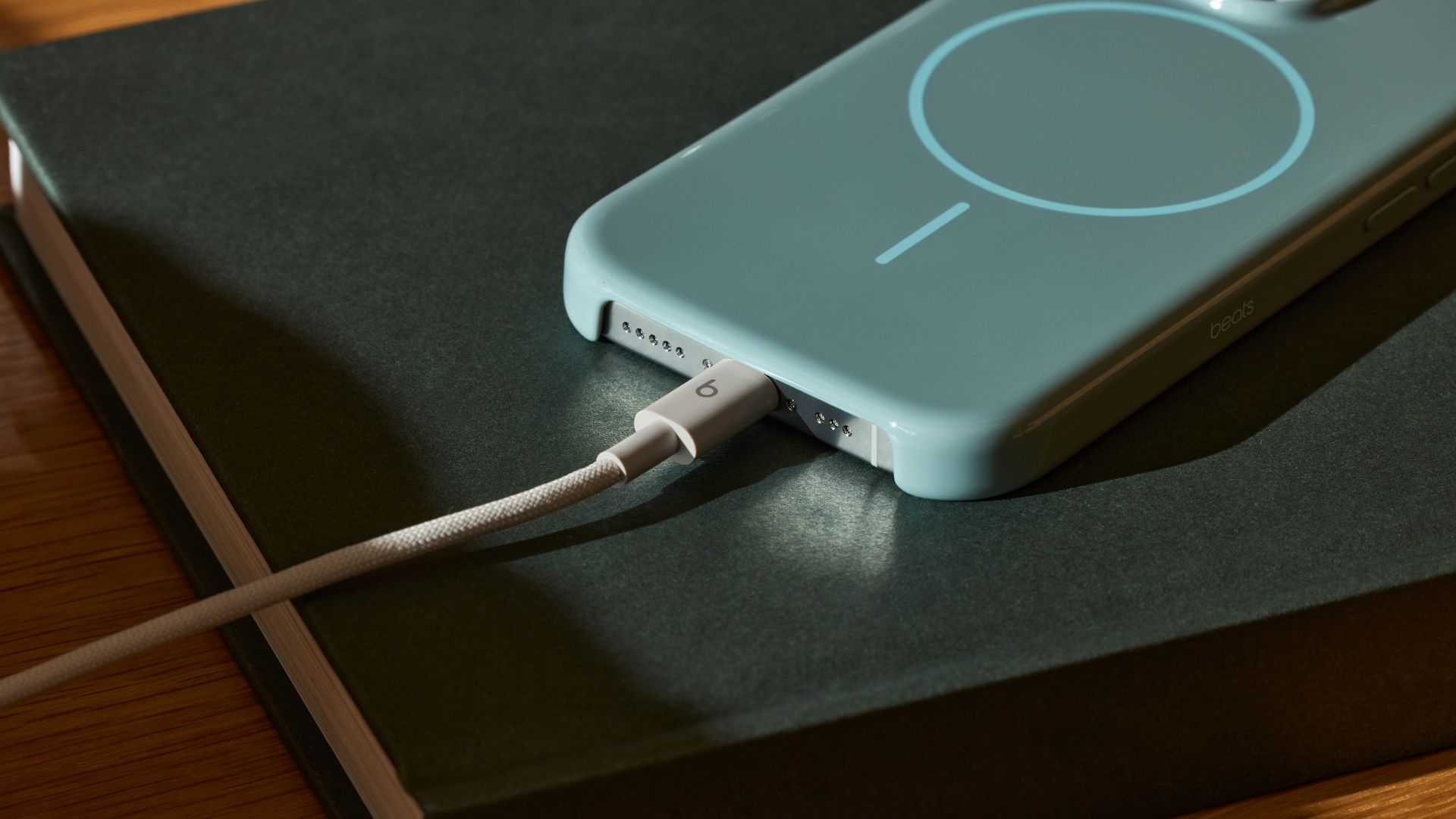How to get rid of fleas on your pets and in your home
Here’s how to get rid of fleas quickly and effectively

Knowing how to get rid of fleas the right way can save you a lot of time, effort and frustration. You’re likely looking this up because you’ve noticed your pet scratching more than usual, and odds are, if your pet has fleas, they’re probably in your home too. Fleas are so small that they’re difficult to spot, but you can see them if you look carefully and their jumpy nature tends to give them away too.
If you suspect there are fleas in your home, you should act quickly and deal with the problem as soon as possible. While fleas tend to prefer living on pets, they are blood suckers and will bite humans as well, particularly on the legs, around the ankles and feet. While usually a harmless irritation, flea bites can cause a reaction if you’re allergic. There are potentially fatal diseases which you can contract in relation to fleas as well, such as flea-borne typhus, cat scratch disease and bubonic plague. If you need help dealing with a flea infestation, here we cover what you should do step-by-step. Here’s how to get rid of fleas.
Note: it’s best practice to treat any pets as well as your home and yard for fleas at the same time. That way you’ve got the best chance of upsetting the fleas’ life cycle.
How to get rid of fleas on your pets
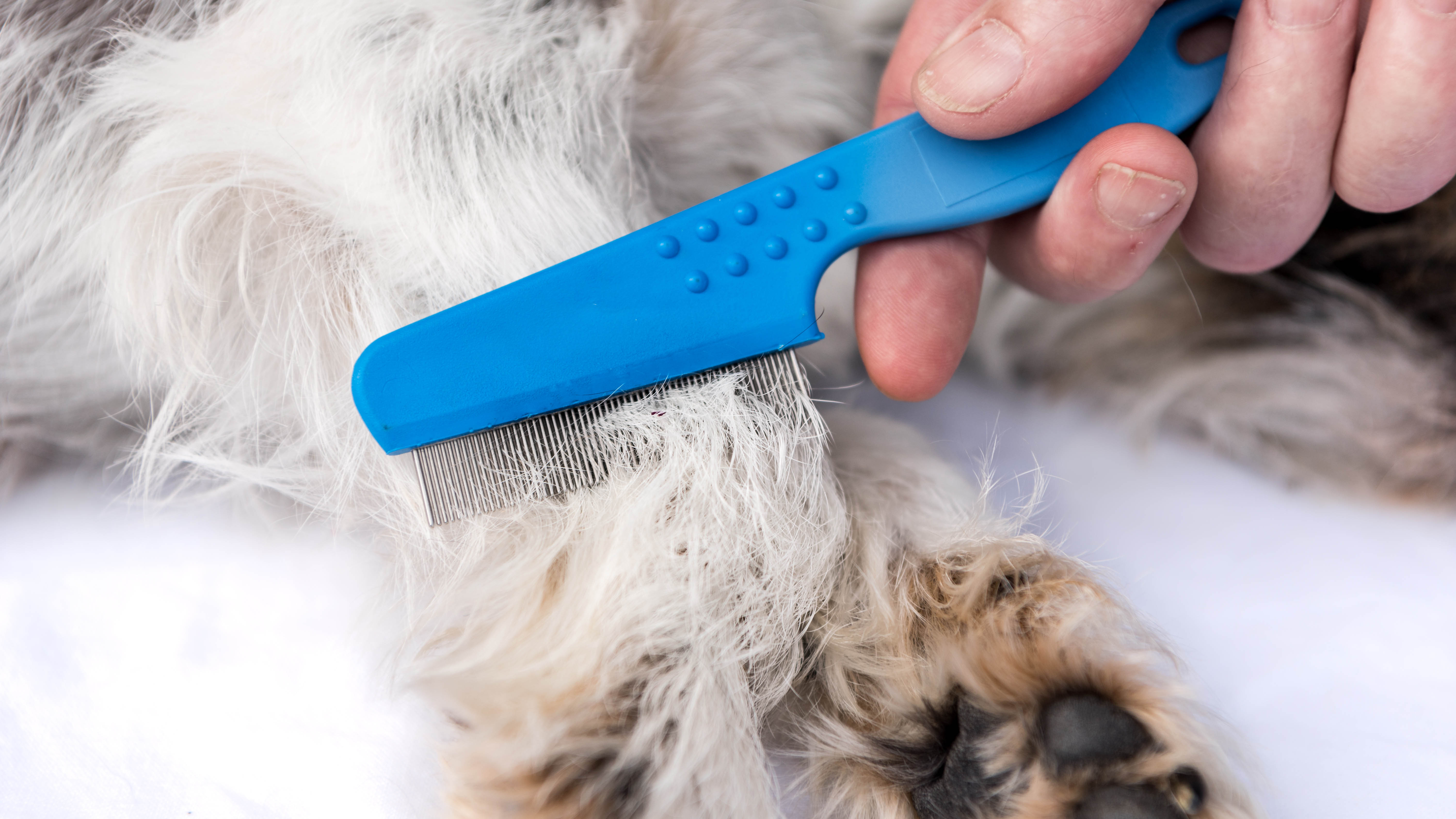
1. Use a flea comb — If you’re not 100% sure whether your pet has fleas, you should use a flea comb to check first and you should do this outside. Start from the head and work back to the tail, brushing in the direction of the fur, and be sure to praise your pet with treats along the way. The comb will pick up fleas as well as flea eggs, so you should know pretty quickly if they’re there. For guidance, fleas are commonly found around the neck and tail, so start by combing those places.
It's also advisable to have a bowl of warm, soapy water on standby which you can dip the comb in if there’s fleas present. This will kill both the adults and any eggs.
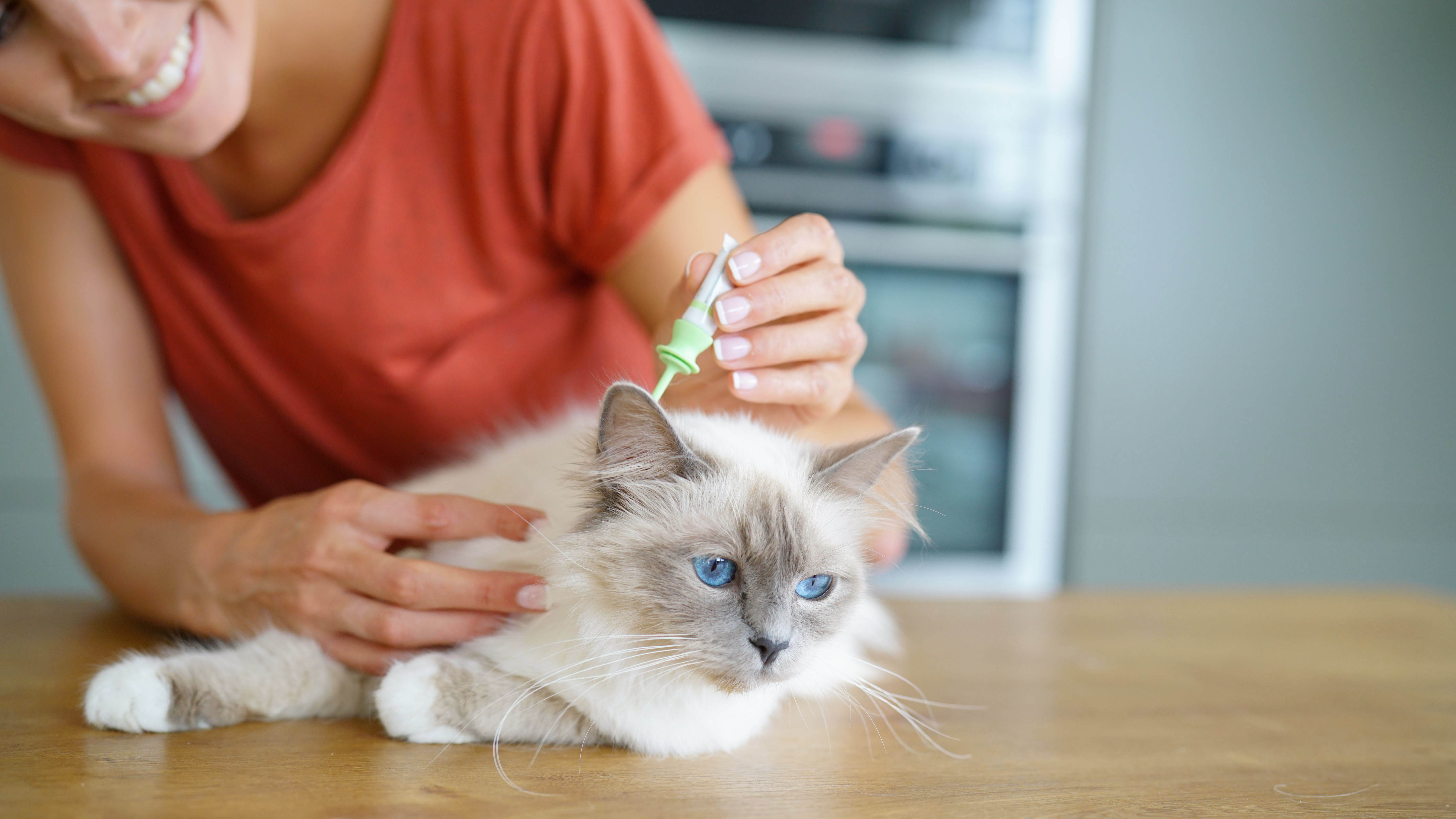
2. Get a prescription flea treatment — Give your vet a call to see what treatment they would recommend. There are topical as well as oral prescriptions, but the best option for your pet will depend on its age, weight and any medical conditions. There’s also the option to use pet-safe insecticides around the home, but we will cover that more later.
Flea collars are a controversial measure because they’ve been known to cause skin irritation, intestinal problems and even seizures. For that reason, we wouldn’t recommend using a flea collar. The EPA recommends seeking veterinary attention immediately if your pet shows any of these symptoms. It also suggests bathing and rinsing the animal with warm soapy water after removing the collar.
Sign up to get the BEST of Tom's Guide direct to your inbox.
Get instant access to breaking news, the hottest reviews, great deals and helpful tips.
If your pet was already using a flea treatment plan prior to this latest infestation, you should also consider switching to a new one. Consult your veterinarian for guidance.
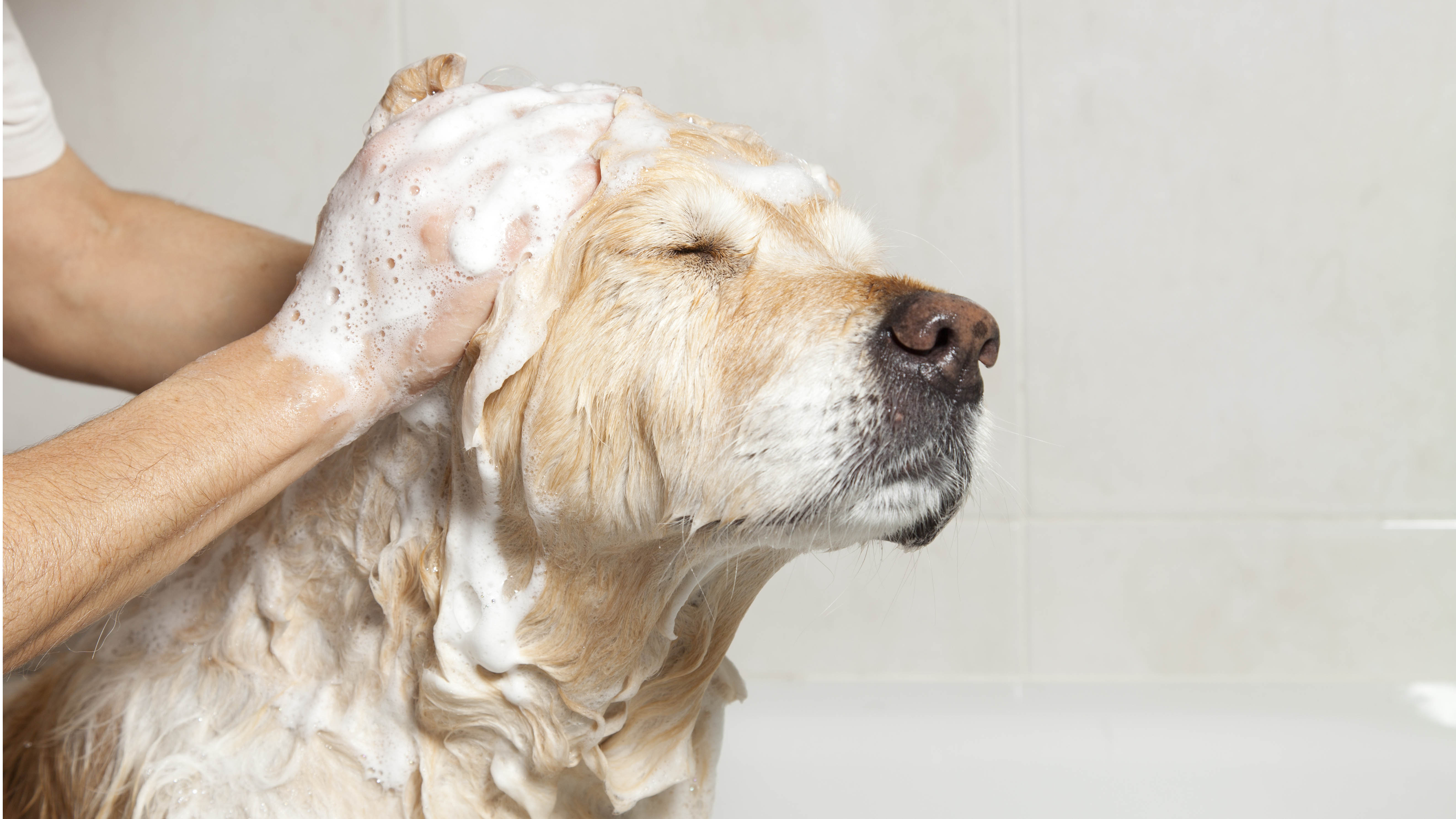
3. Wash away the fleas — Not all pets love bath time, but in this case it’s a necessity. Consult your vet for flea shampoo recommendations. You can also use a natural alternative by combining 2 cups of warm water with ¼ cup of dish soap and ½ cup of white vinegar.
For added protection, you can also boil down some rosemary, and once cooled, spray the liquid onto the fur to keep fleas at bay. Wash your pet as often as recommended by the shampoo and continue giving them regular baths once a week after.

4. Wash your pet’s bedding — A pet’s bed can make a nice breeding ground for fleas, so it needs to be washed and dried on a hot cycle every few days. Be sure to use mild, pet-safe detergents when you wash pet beds to prevent reactions.
If the infestation is severe, it might be worth buying a new bed and throwing out the old one. Check out the best dog beds for suggestions.
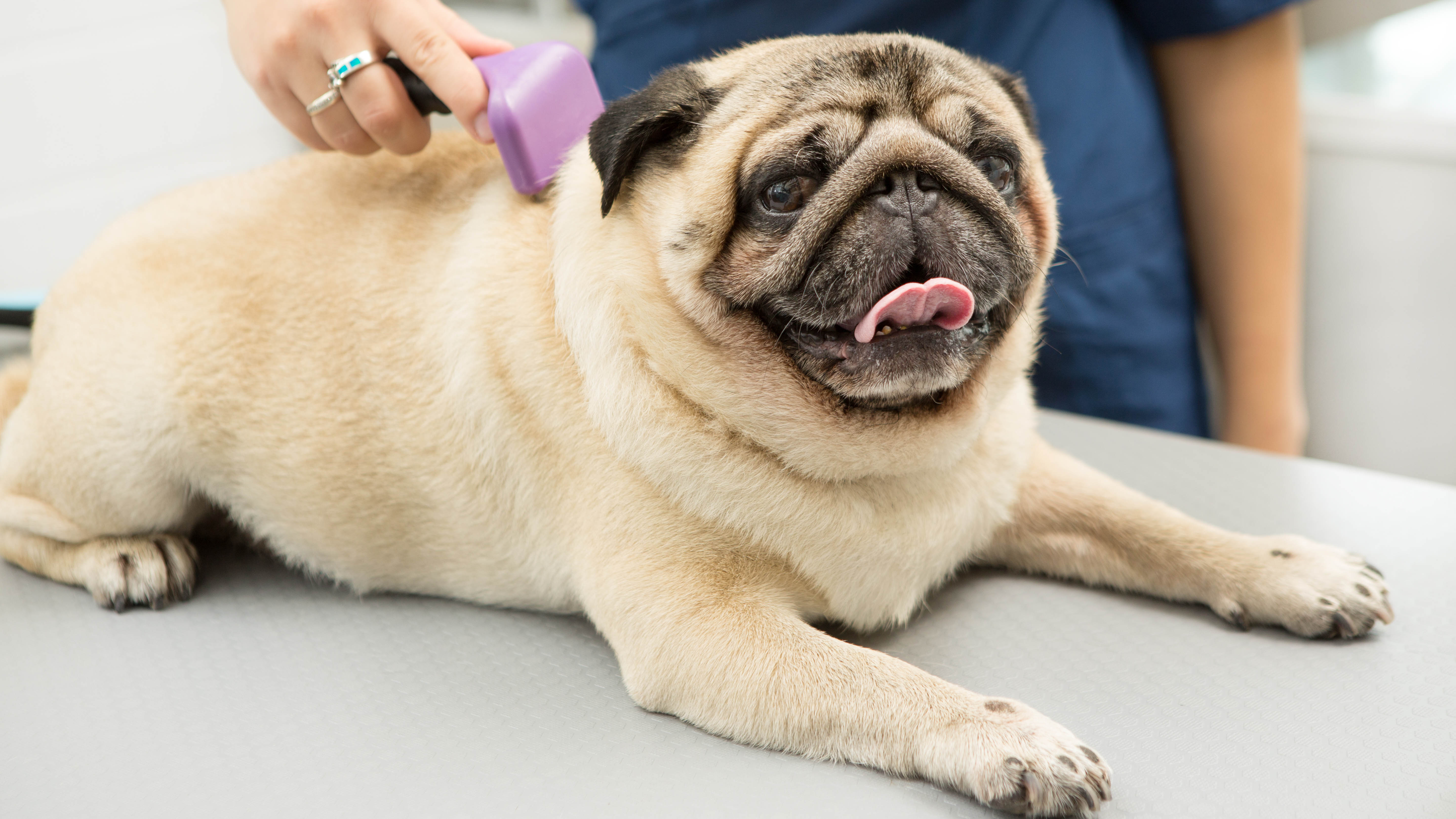
5. Keep checking the progress — Use a flea comb every couple of days as mentioned in step one to keep an eye on the progress. Remember to have a bowl of soapy water to hand in case required. Don’t be disheartened if you do find fleas during the first few inspections, it can take time to get rid of this pest.
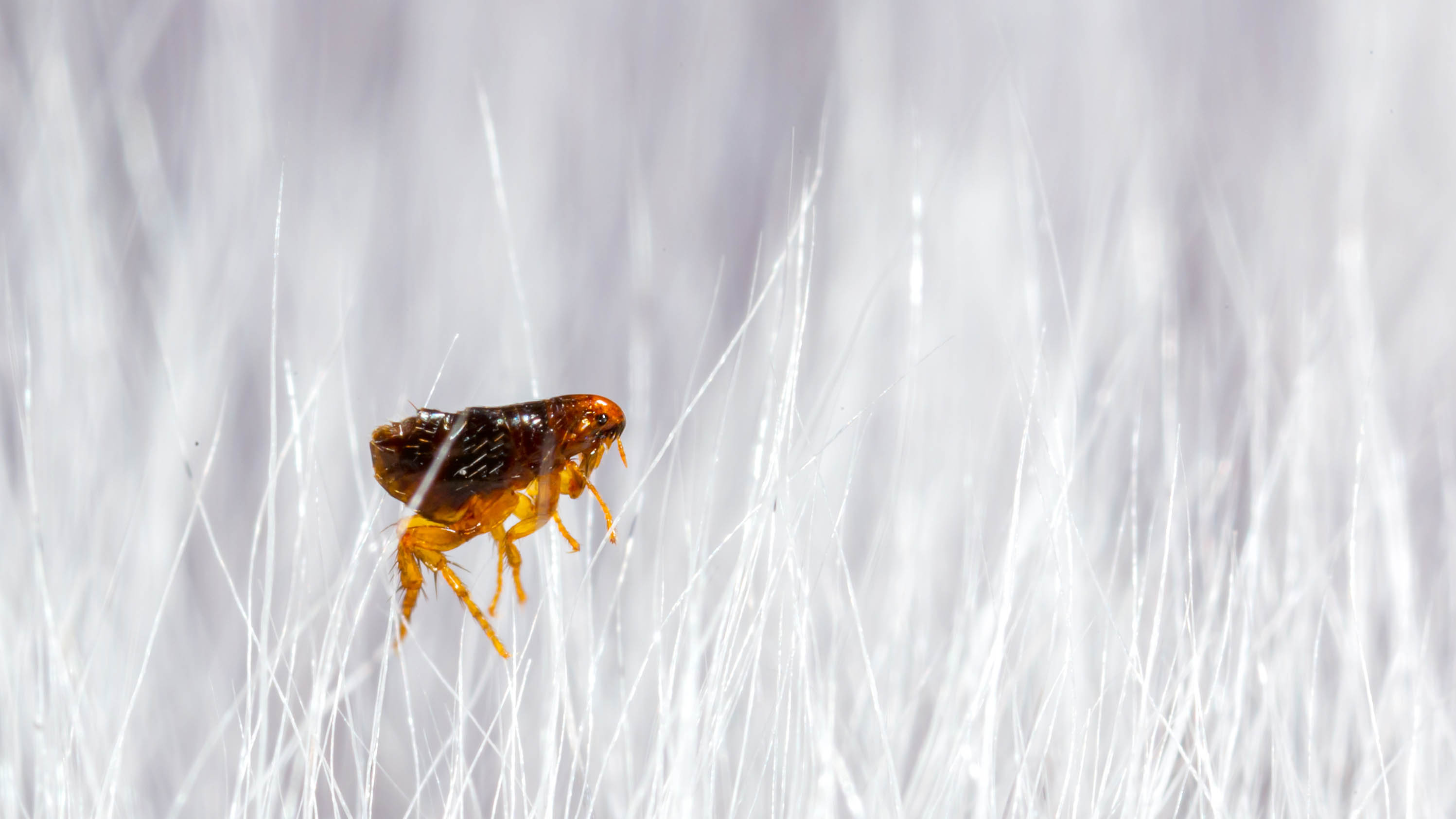
6. Repeat — Continue to repeat these steps as necessary until you can no longer find fleas on your pet. If you notice little progress with the flea treatment or it causes a reaction, stop using immediately and consult your vet.
How to get rid of fleas in your home
The scary thing is that one adult female flea can lay up to 50 eggs a day. That means you could have a much bigger flea problem than you think. Fleas tend to make a home in sheltered areas, such as carpet, bedding and upholstery, so that’s where you will want to focus your treatments. The EPA recommends the following steps:
1. Vacuum your home — You should vacuum your floors with one of the best vacuum cleaners every day if you’re aware of a flea infestation. Pay close attention to carpets, cushioned upholstery (including the mattress), cracks and crevices in the floors as well as the basement.
Corded vacuums are generally better for this as they’re more powerful than cordless options, so they have better pick-up. Most fleas should be killed by the sheer power of a vacuum, but a few adults may survive, so you’re better off using a bagged design and emptying it immediately after each sweep.
2. Use a steam cleaner — The hot steam and soap from a steamer will kill any fleas present in your carpet. Focus on areas where pets tend to sleep as well as cushioned furniture once again.
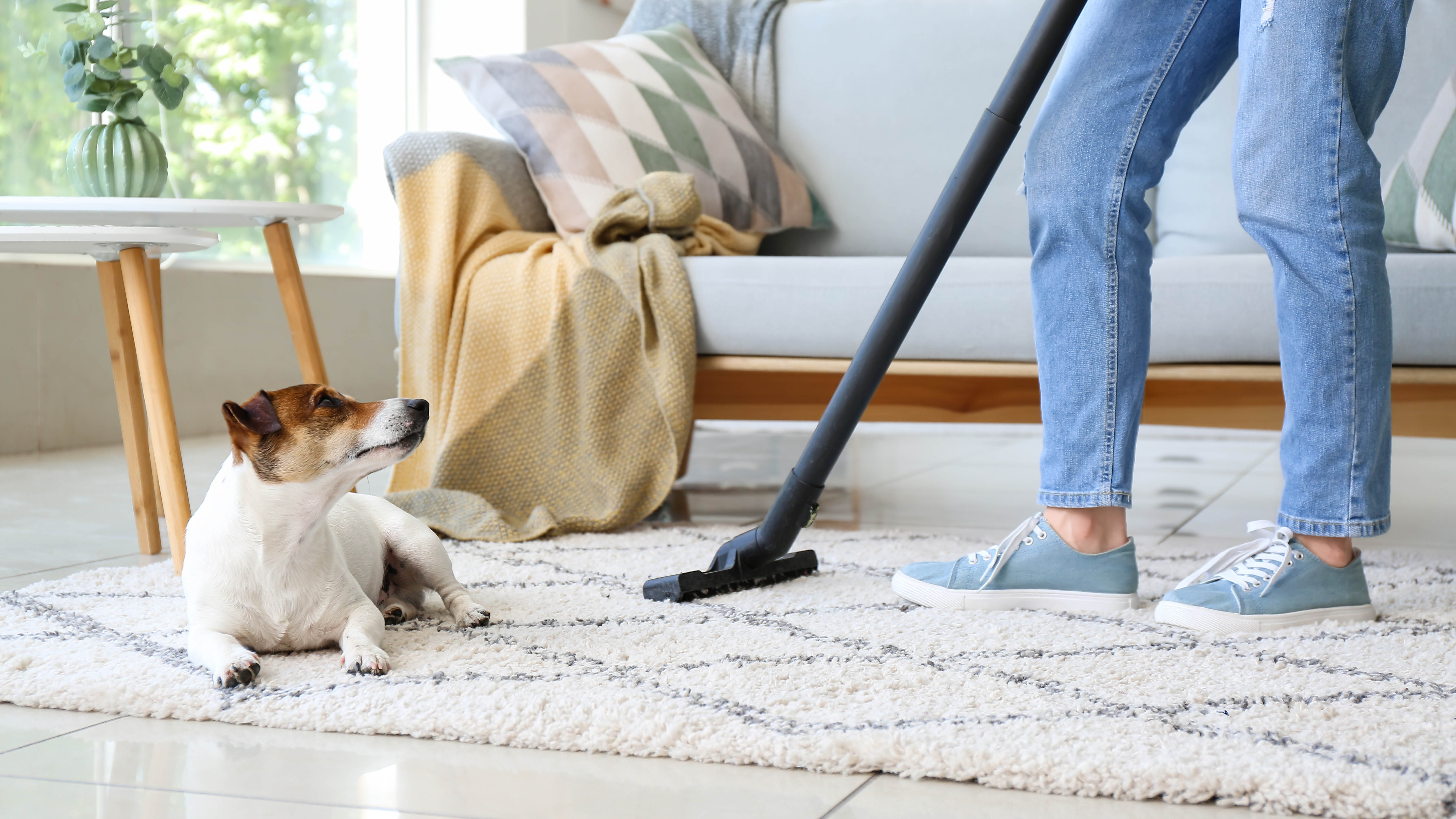
3. Wash all bedding — Make sure you wash your own bedding as well as your pets’ because fleas are known to set up shop there. Use a hot wash and dry cycle and repeat every two weeks. Take the time to clean your mattress while you’re at it.
In addition to the above, you can also try using a traditional insecticide on areas where you’ve spotted fleas around your home. Just be sure to use one which is pet and child friendly if necessary, such as TevraPet Naturals Flea and Tick Spray ($19.99, Amazon).

You can also use natural alternatives. One option is to sprinkle baking soda on your carpets and then scrub it in prior to vacuuming to pick up fleas. Salt can also be applied to carpets and then left for a couple of days to dehydrate the fleas, before vacuuming up. Fleas also hate the smell of lemons. So you can alternatively cut a thin slice of lemon and add to a pan, tip boiling water on top and let it sit for several hours. Once cool, that can be decanted and sprayed in areas around the home to repel fleas.
How to get rid of fleas in your yard
Unfortunately, if fleas are in your home, they’re likely to be in your yard as well. You will need to deal with these too, otherwise fleas can be brought in again with ease, making all your efforts so far pointless. Here’s how to clear fleas from your yard.
First, you should focus on shaded areas and places where your pets frequent. Speaking of which, it might also be best to limit your pet’s time in the yard if you suspect fleas, just until you’ve finished treatment.

1. Keep your lawn well-maintained — Fleas thrive in long grass, so by cutting it down and keeping it well-maintained, you’re making the environment less inviting. But make sure you’re not overwatering your yard in the process; fleas love a humid environment.
2. Clear away any debris — Or anything which could create a potential shelter. These shaded spots give the fleas more of a chance to hide.
3. Treat any kennels — If you’ve got a dog house in your backyard, odds are it will have fleas in it. Kennel flea sprays are available, but you should talk to your veterinarian for the best recommendations. Treat your kennel according to the instructions.
4. Use cedar chips — Fleas hate the smell of cedar chips. You can apply these to areas of your backyard where they frequent.

5. Plant flea-resistant foliage — Certain plants will also deter fleas, including rosemary, mint and lemongrass. But, if you have pets, be sure to check if the plant you’re considering is toxic. Of the above, only rosemary is non-toxic.
It will take patience and persistence, but repeating the above methods will reduce and eventually solve your flea problem. If there’s no change within a few months, you can also call in a professional exterminator to help.
You might also want to check out how to get rid of ladybugs, how to get rid of fruit flies, how to get rid of moths or how to get rid of wasps quickly if you find any at home. We've also covered how to get rid of roaches, how to get rid of gnats, how to get rid of mosquitoes and how to get rid of ants.

Katie Mortram used to be a Homes Editor for Tom's Guide, where she oversaw everything from kitchen appliances to gardening tools, as well as smart home tech. Specializing in providing expert advice for cleaning and home manintenance, she now works as Household Advice Editor for Good Housekeeping.
